Herculaneum VI.13. Casa del Salone nero or House of the black salon or room, linked to rear entrance at VI.11.
Excavated between 1939 and 1965.
According to Wallace-Hadrill, the main entrance led to the atrium/tablinum/peristyle with 4-sided colonnade; 10 reception rooms, 3 service rooms at back, with back door at no.11. Decoration in atrium area perished or poor. Elegant Style IV decorations in tablinum, passage, peristyle, and 4 surrounding rooms.
Wooden shrine in the large Salone nero, shrine in small lightwell at end of visual axis of house.
See Wallace-Hadrill, A., 1994. Houses and Society in Pompeii and Herculaneum. New Jersey: Princeton U.P. (p.206).
Camardo and Notomista show a photo of the wooden shrine and wrote of the extraordinary state of conservation of the carbonised wooden lararium in the form of a temple in antis, with columns surmounted with marble capitals, which had been found in the Casa and displayed there for a time.
See Camardo, D, and Notomista, M, eds. (2017). Ercolano: 1927-1961. L’impresa archeologico di Amedeo Maiuri e l’esperimento della citta museo. Rome, L’Erma di Bretschneider, (p.254-55, Scheda 38, fig. 2 of shrine).
According to Guidobaldi, this house took its name from the large black painted oecus which was situated on the west side of the peristyle.
The house occupied the entire north-east corner of the insula.
The main entrance was at number 13, whereas the side entrance at number 11 led into a vestibule in the servants’ quarters; preserved here was the outline of the stairs leading up to an upper apartment, which was above these rustic rooms and the entire loggia of the peristyle.
See Guidobaldi, M.P, 2009: Ercolano, guida agli scavi. Naples, Electa Napoli, (p.103-107).
(p.213-215 G1-4; p.256, H56; and p.262-263 H68-69), quoting from 39 wax tablets found on a wooden shelf.

VI.13 Herculaneum, September 2021.
Looking towards entrance doorway, centre left, on south side of
Decumanus Maximus. Photo courtesy of Klaus Heese.

VI.13 Herculaneum. Photo taken between October 2014 and November 2019.
Looking towards entrance doorway. Photo courtesy of Giuseppe Ciaramella.

VI.13 Herculaneum, March 2019. Looking south to
entrance doorway.
Foto Annette Haug, ERC
Grant 681269 DÉCOR.

VI.13 Herculaneum, September 2015.
Entrance doorway with carbonised wood. Photo courtesy of Michael Binns.

VI.13 Herculaneum, May 2011.
Looking south towards entrance doorway. Photo courtesy of Nicolas Monteix.

VI.13 Herculaneum, September 2015. Entrance doorway with marble insets in the pavement.

VI.13 Herculaneum. March 2014. Carbonised wood from upper balcony on east side (between VI.12/13) of front façade.
Foto Annette Haug, ERC Grant 681269 DÉCOR.

VI.13, Herculaneum, April 2018. Upper entrance doorway. Photo courtesy of Ian Lycett-King.
Use is subject to Creative Commons Attribution-NonCommercial License v.4 International.

Photo courtesy of Rick Bauer, from Dr George Fay’s slides collection.

VI.13 Herculaneum. August 2013.
Detail from entrance doorway with carbonised wooden surround. Photo courtesy of Buzz Ferebee.

VI.13 Herculaneum. May 2011.
Looking towards east side of entrance doorway, from corridor. Photo courtesy of Nicolas Monteix.

VI.13 Herculaneum. May 2011.
Looking towards west side of entrance corridor, with carbonised wood. Photo courtesy of Nicolas Monteix.

VI.13 Herculaneum. May 2011.
Detail from west side of entrance doorway, with carbonised wood. Photo courtesy of Nicolas Monteix.

VI.13 Herculaneum. March 2008.
Detail from west side of entrance corridor, with carbonised wood. Photo courtesy of Sera Baker.

VI.13 Herculaneum. August 2013.
Detail from right (west) side of entrance doorway, (see also VI.14). Photo courtesy of Buzz Ferebee.

VI.13/14 Herculaneum, September 2021.
Painted sign on pilaster between entrances 13, on left, and 14.
Photo courtesy of Klaus Heese.

VI.13/14 Herculaneum, Photo taken between October 2014 and November 2019.
Detail from right
(west) side of entrance doorway. Photo courtesy of Giuseppe Ciaramella.

VI.13 Herculaneum on left, VI.14 on right. May 2006.
Painted sign on pilaster between house entrance and shop. Looking south.
At the top is a painted figure.
The shop sign showed four jugs of different colours, naming and pricing the drinks sold here together with the shop sign AD CVCVMAS (Ad Cucumas), written above the jugs.
The painted graffiti NOLA in red letters can also be seen on the lower part.

VI.13/14 Herculaneum, June 2017.
Enhanced part of the shop sign showing four jugs of different colours, naming and pricing the drinks sold here together with the shop sign AD CVCVMAS (Ad Cucumas), written above the jugs. Photo courtesy of Michael Binns.

VI.13 Herculaneum. May 2006. Entrance doorway and vestibule, looking south.

VI.13 Herculaneum. April 2011.
Looking south from vestibule/entrance corridor. Photo courtesy of Klaus Heese.

VI.13 Herculaneum. March 2014. Looking south towards impluvium
in atrium, from entrance corridor.
Foto Annette Haug, ERC Grant 681269 DÉCOR.

Photo courtesy of Rick Bauer, from Dr George Fay’s slides collection.

VI.13
Herculaneum. March 2014. Looking north across atrium.
Foto Annette Haug, ERC Grant 681269 DÉCOR.

VI.13/11, Herculaneum. January 2002. Looking north-west towards the upper north facade of the atrium.
To the left, is the doorway to the cubiculum on the west side of the north-west corner of the atrium. Photo courtesy of Nicolas Monteix.

VI.13/11, Herculaneum. Not dated.
Looking towards blocked doorway in north wall of atrium, which would have led into the shop-room of VI.14.
Photo courtesy of Nicolas Monteix.

VI.13/11, Herculaneum. May 2003.
Atrium, looking towards north-east corner. Photo courtesy of Nicolas Monteix.

VI.13/11, Herculaneum. Not dated. Looking towards blocked doorway in north wall in north-east corner.
This blocked doorway would have led into the shop-room of VI.12. Photo courtesy of Nicolas Monteix.

VI.13/11, Herculaneum. September 2003. Atrium, blocked doorway in east wall in north-east corner.
The doorway to cubiculum 5, is on the right. Photo courtesy of Nicolas Monteix.

VI.13/11, Herculaneum. May 2003. Atrium, doorway in east wall in north-east corner.
The blocked doorway would have led into the rear room of VI.12. Photo courtesy of Nicolas Monteix.

VI.13/11 Herculaneum. September 2003.
Atrium, looking towards doorway to cubiculum 5 in centre of east side, upper left. Photo courtesy of Nicolas Monteix.

On the west side, right, of the tablinum is a corridor that would have led through to the peristyle.
On the right, the west ala can just be seen – a kitchen, set up in place of the original ala 7.

VI.13 Herculaneum, June 2014. Looking south across impluvium in atrium.
On the right, the west ala can just be seen – a kitchen, set up in place of the original ala 7. Photo courtesy of Michael Binns.
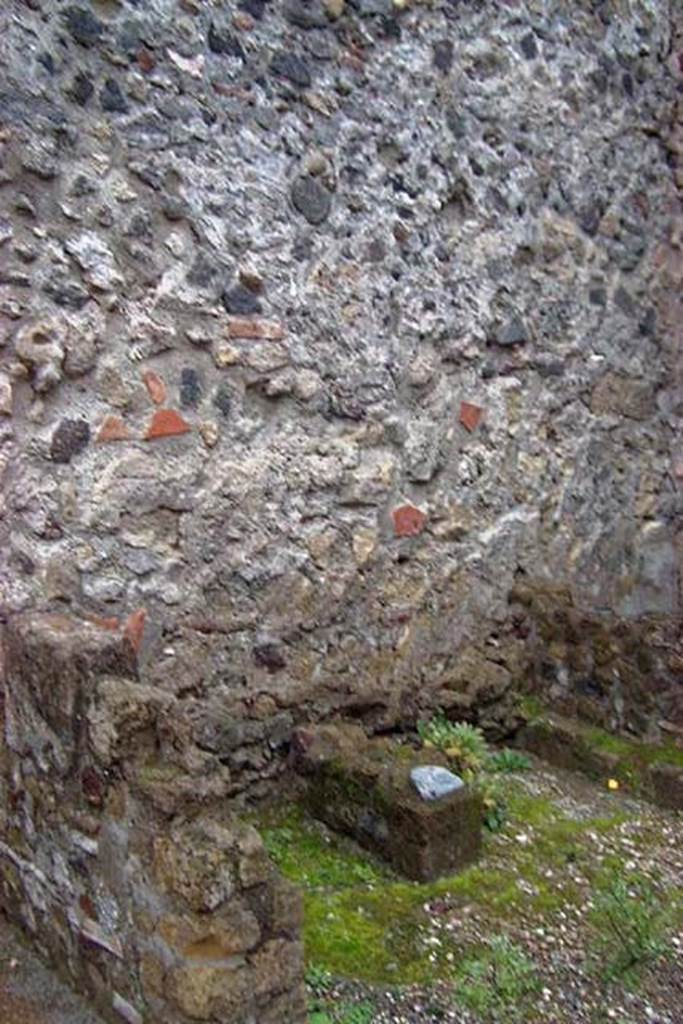
VI.13/11, Herculaneum. January 2002.
South wall of kitchen, which would originally have been used as the west ala, 7.
Photo courtesy of Nicolas Monteix.
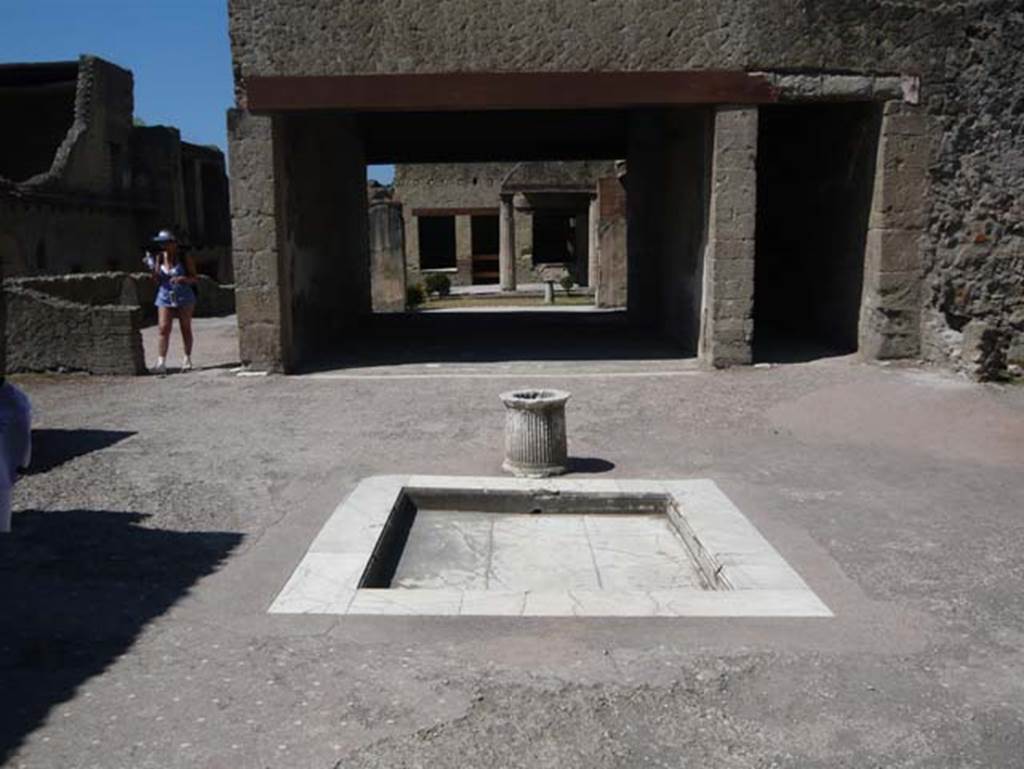
VI.13 Herculaneum. August 2013.
Looking south across impluvium in atrium. On the right is a corridor that would have led through to the peristyle. Photo courtesy of Buzz Ferebee.

VI.13 Herculaneum. September 2017.
Looking south from atrium along corridor leading to peristyle, on the right is the west wall.
Photo courtesy of Klaus Heese.
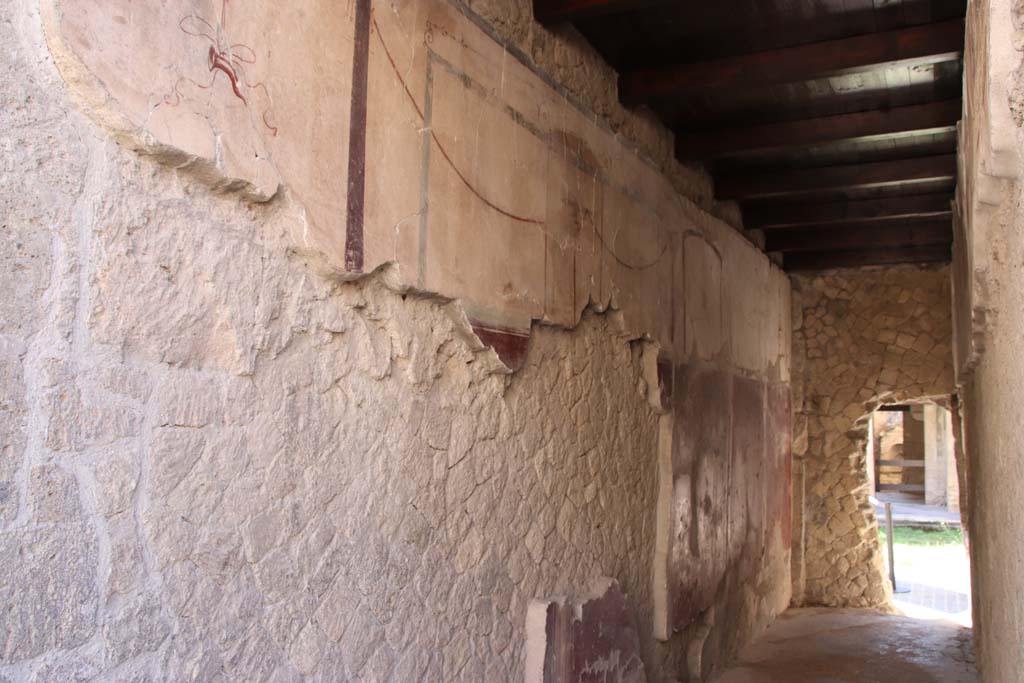



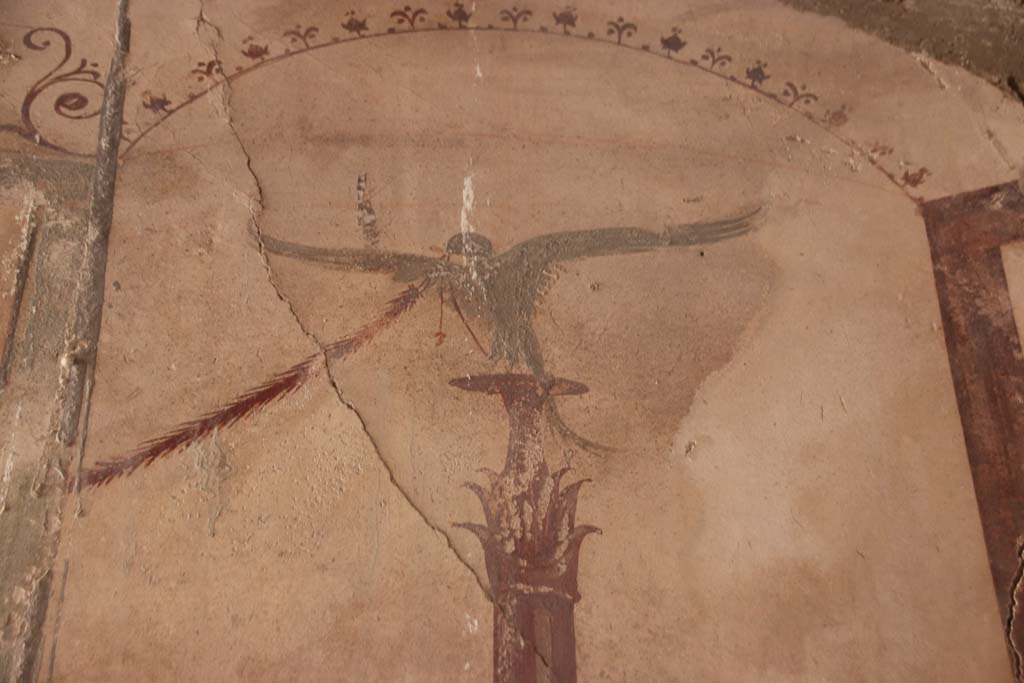
VI.13 Herculaneum. October 2020. Detail of painted decoration on east wall of corridor. Photo courtesy of Klaus Heese.
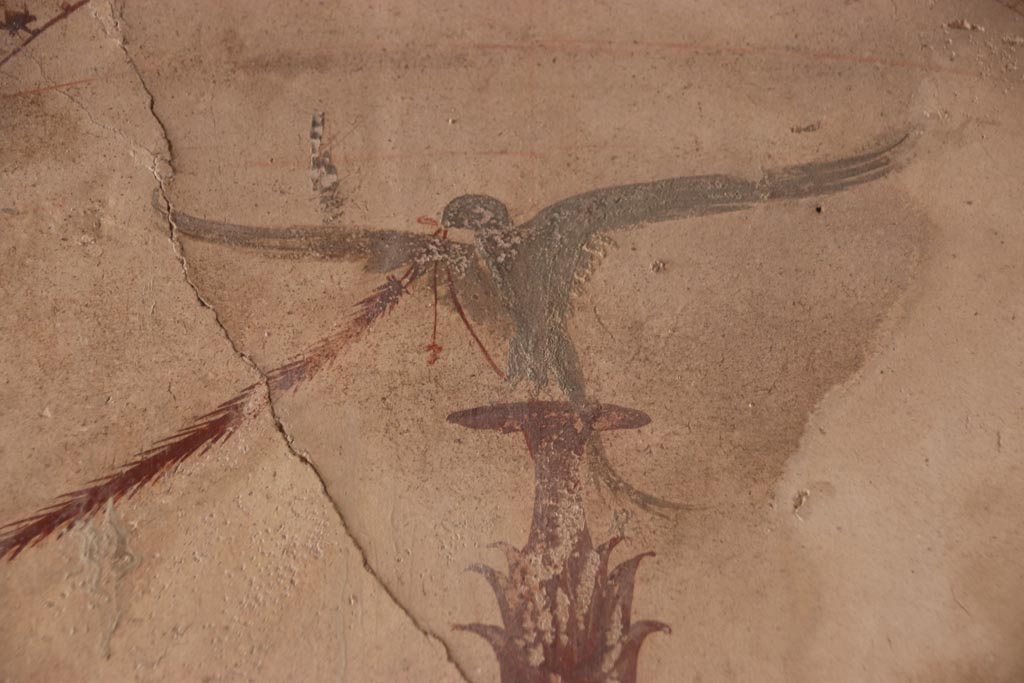
VI.13/11, Herculaneum. October 2022. Painted detail from corridor walls. Photo courtesy of Klaus Heese.
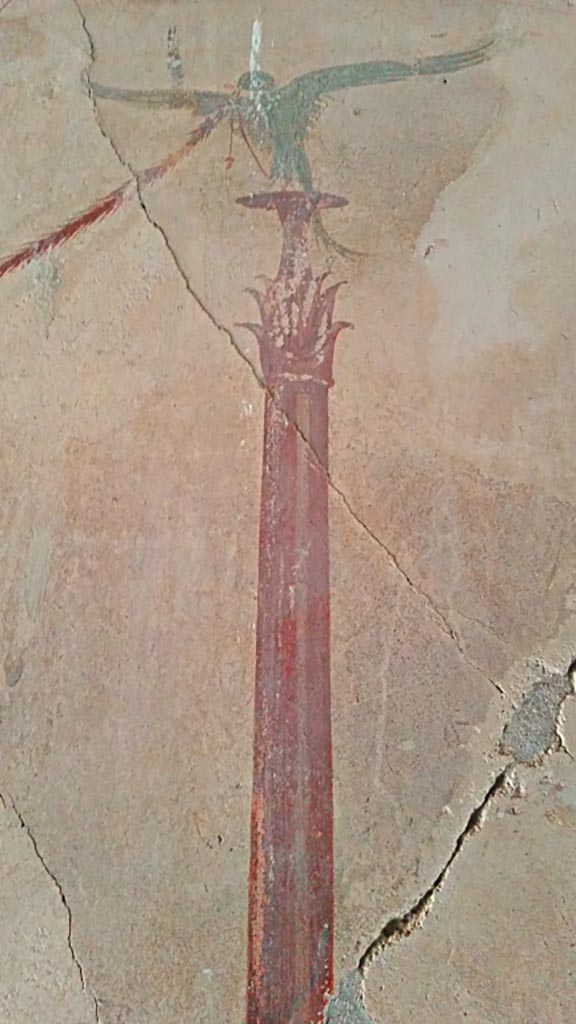
VI.13 Herculaneum. Photo taken between October 2014 and November 2019.
Painted detail from
corridor walls. Photo courtesy of Giuseppe Ciaramella.
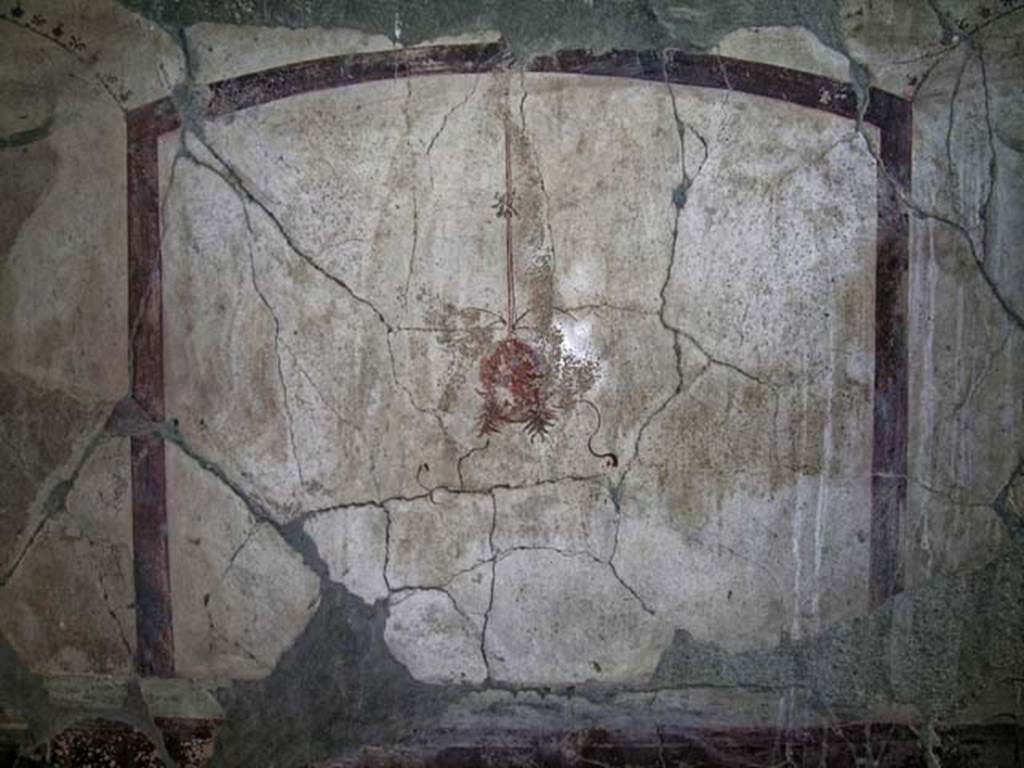
VI.13/11, Herculaneum. May 2004. Corridor between tablinum and oecus. Detail from east wall. Photo courtesy of Nicolas Monteix.
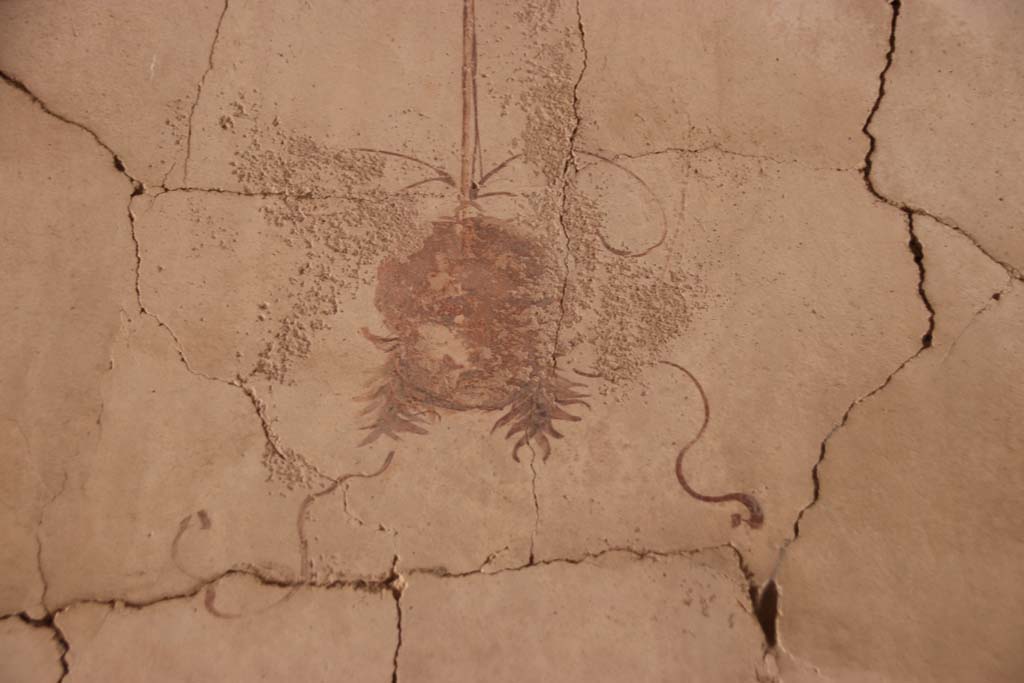
VI.13 Herculaneum. October 2020. Detail of painted decoration on east wall of corridor. Photo courtesy of Klaus Heese.
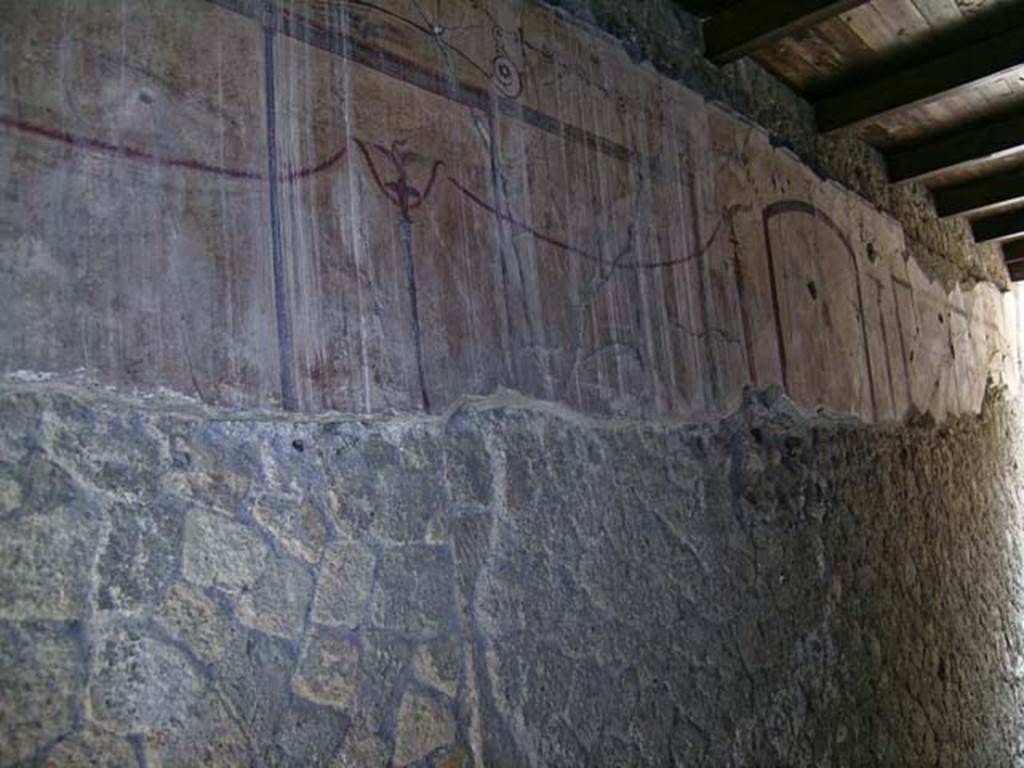
VI.13/11, Herculaneum. May 2004. West wall of corridor between tablinum and room on its west side, an oecus.
This corridor would have led from the atrium to the peristyle but was later closed at the southern end. Photo courtesy of Nicolas Monteix.
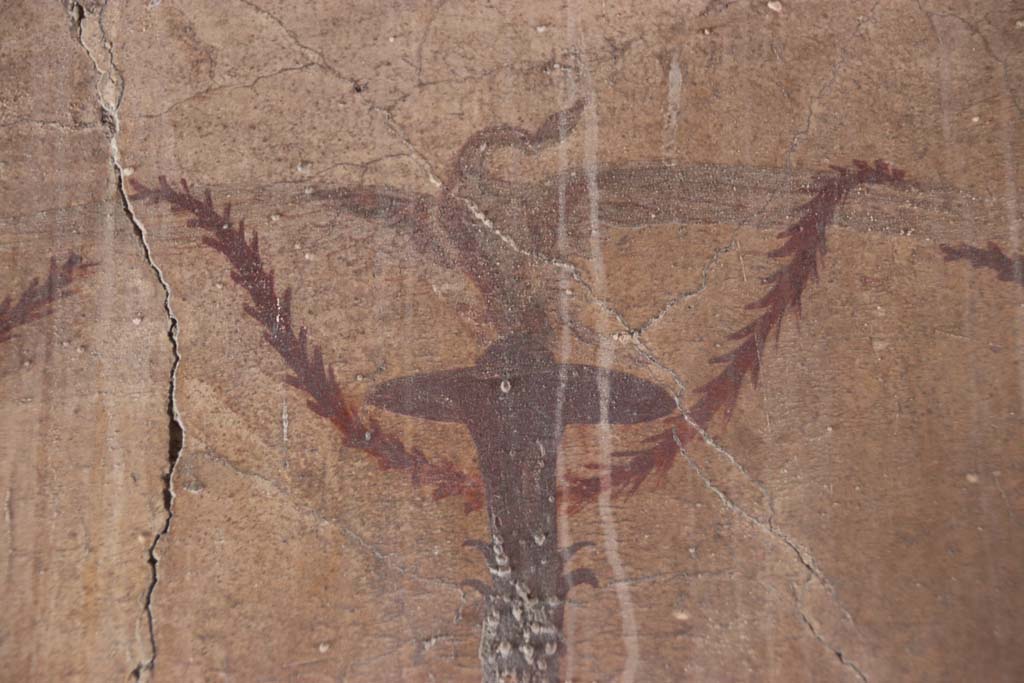
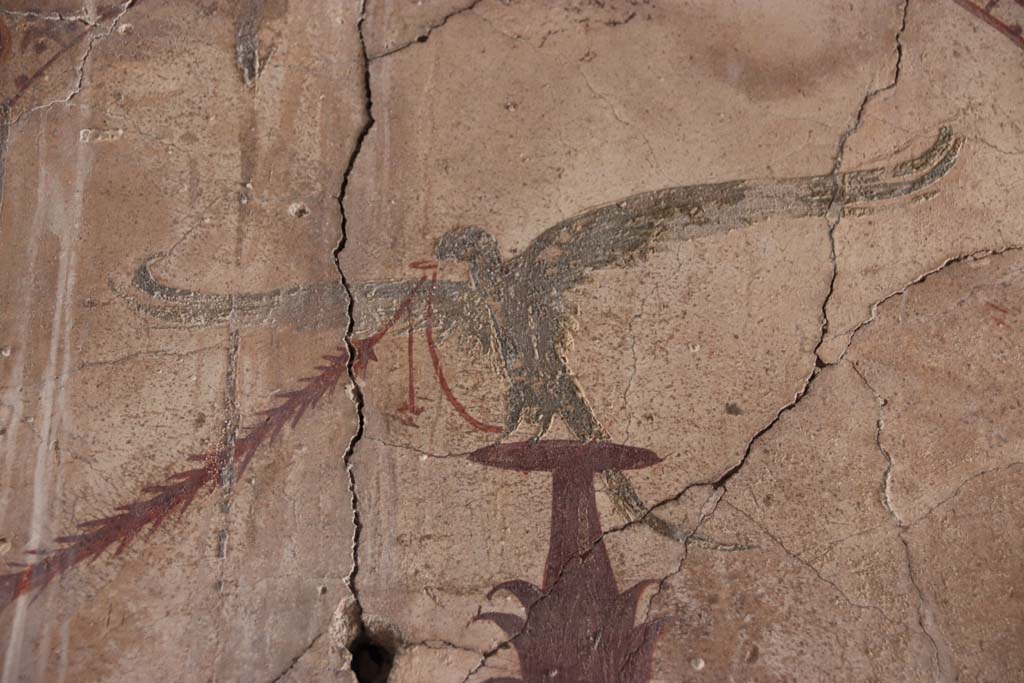
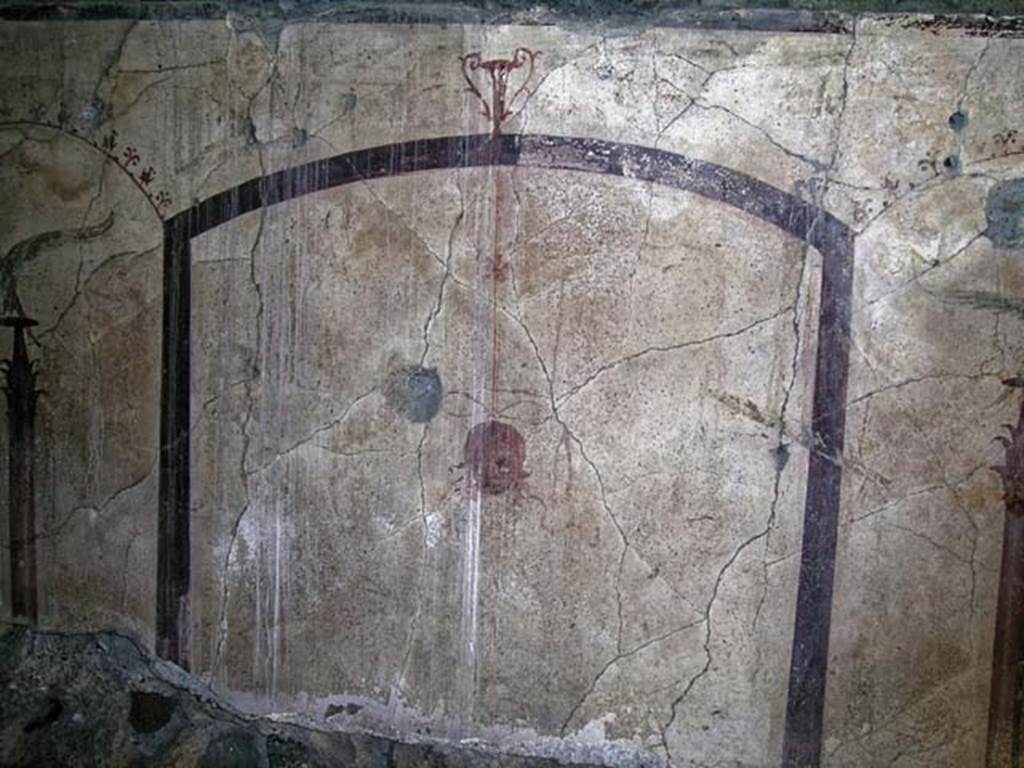
VI.13/11, Herculaneum. May 2004.
Corridor between tablinum and oecus. Detail from west wall. Photo courtesy of Nicolas Monteix.
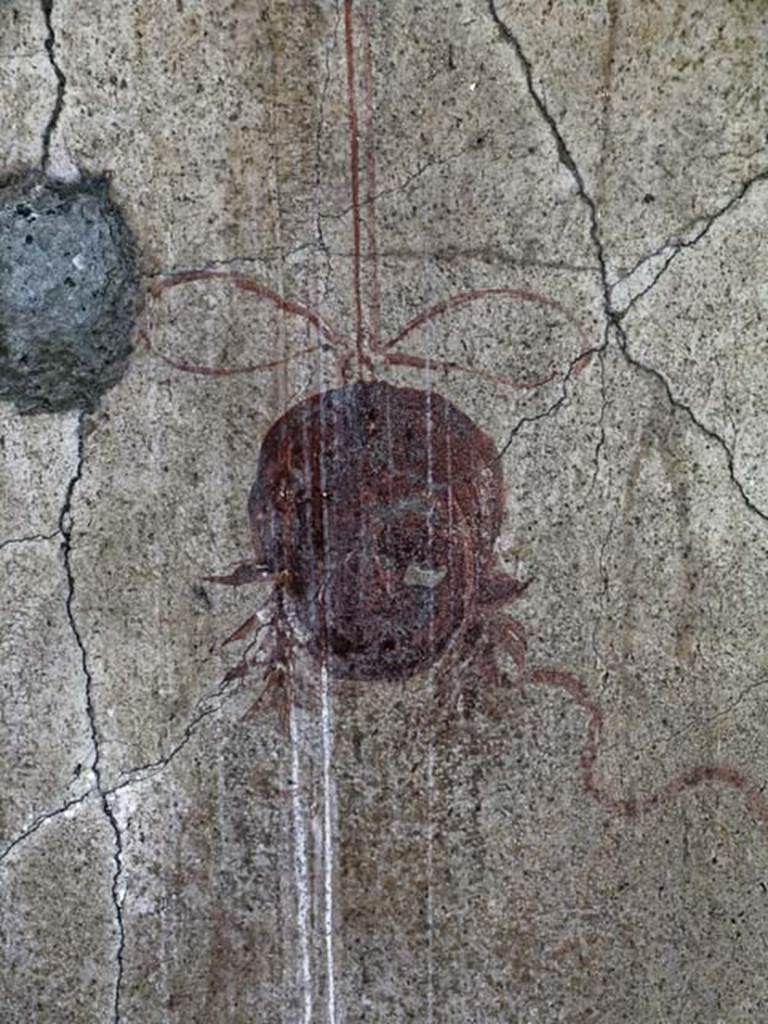
VI.13/11, Herculaneum. May 2004.
Corridor between tablinum and oecus. Detail from west wall. Photo courtesy of Nicolas Monteix.
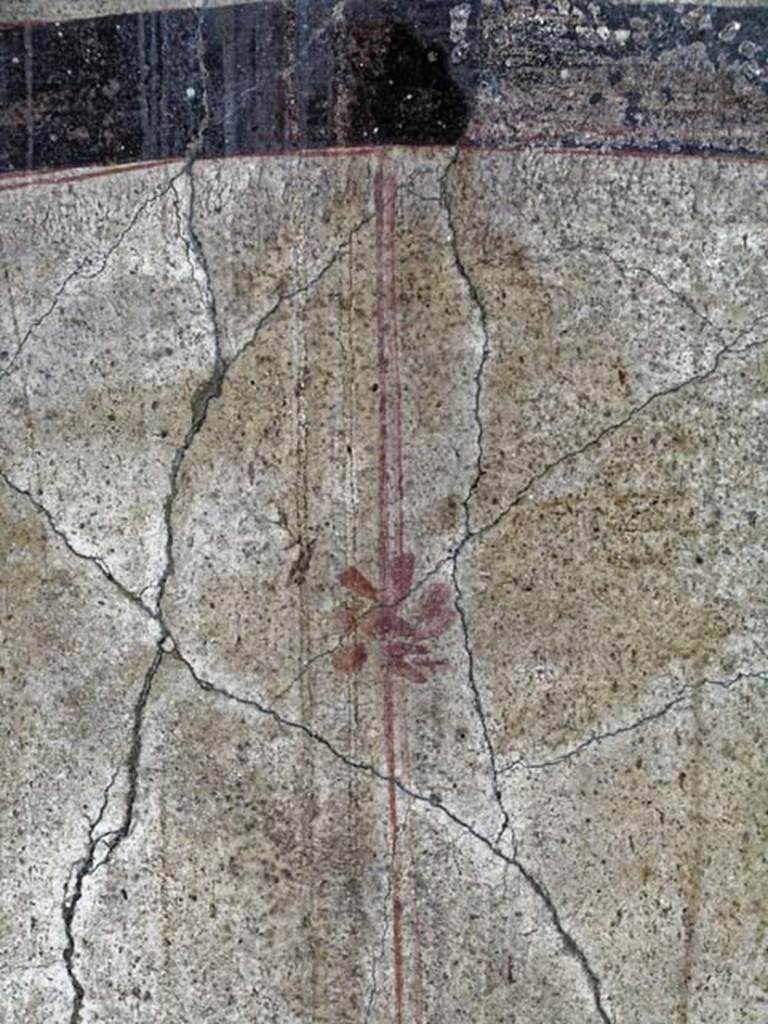
VI.13/11, Herculaneum. May 2004.
Corridor between tablinum and oecus. Detail from west wall. Photo courtesy of Nicolas Monteix.
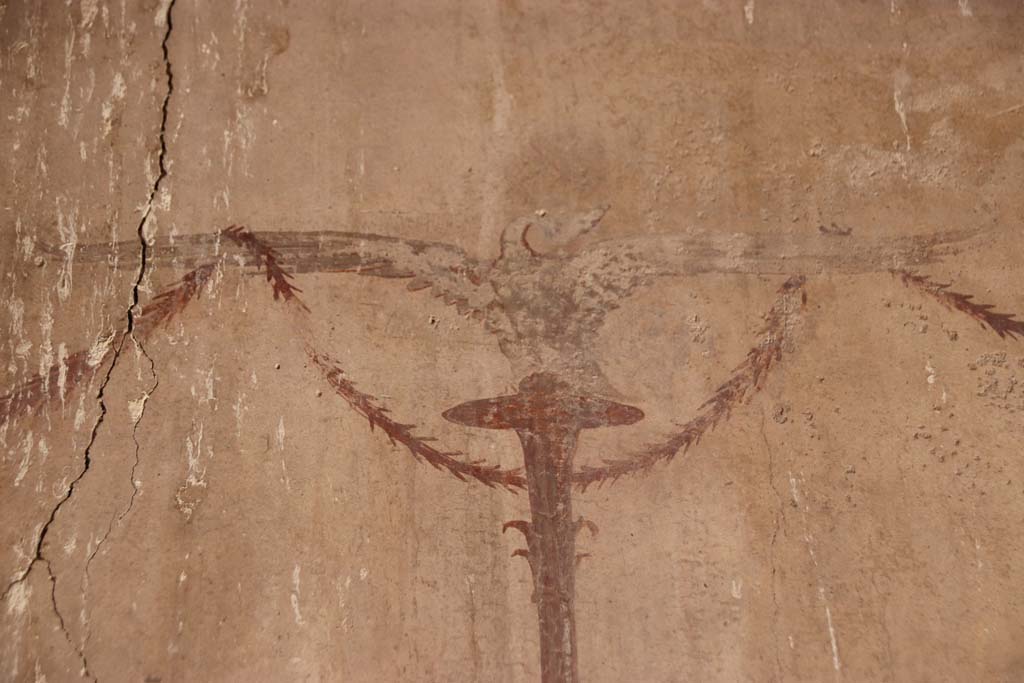
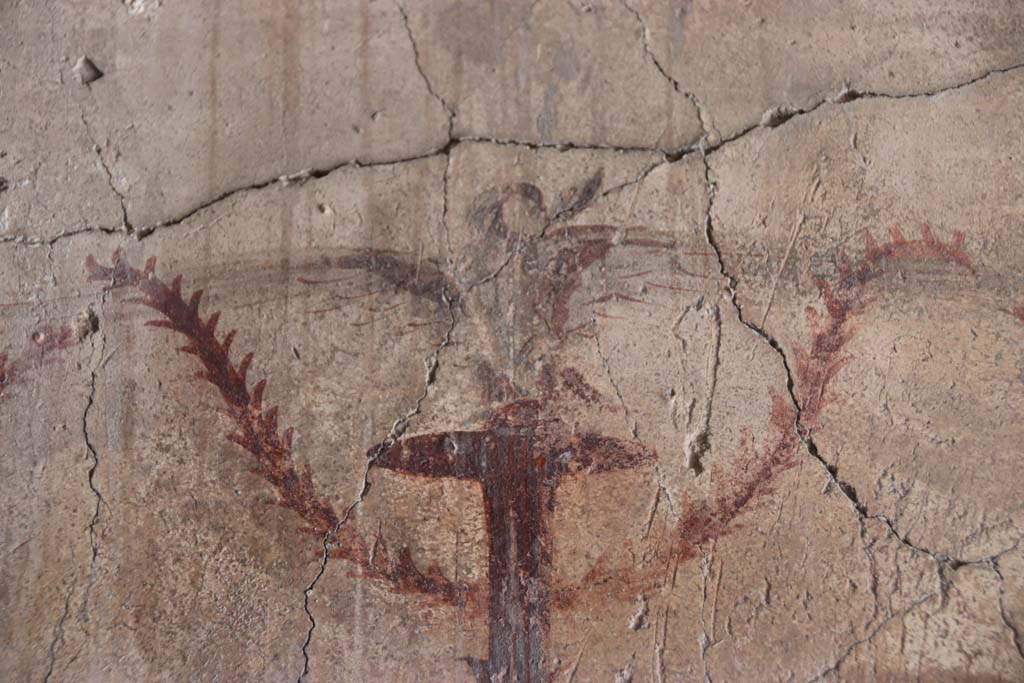
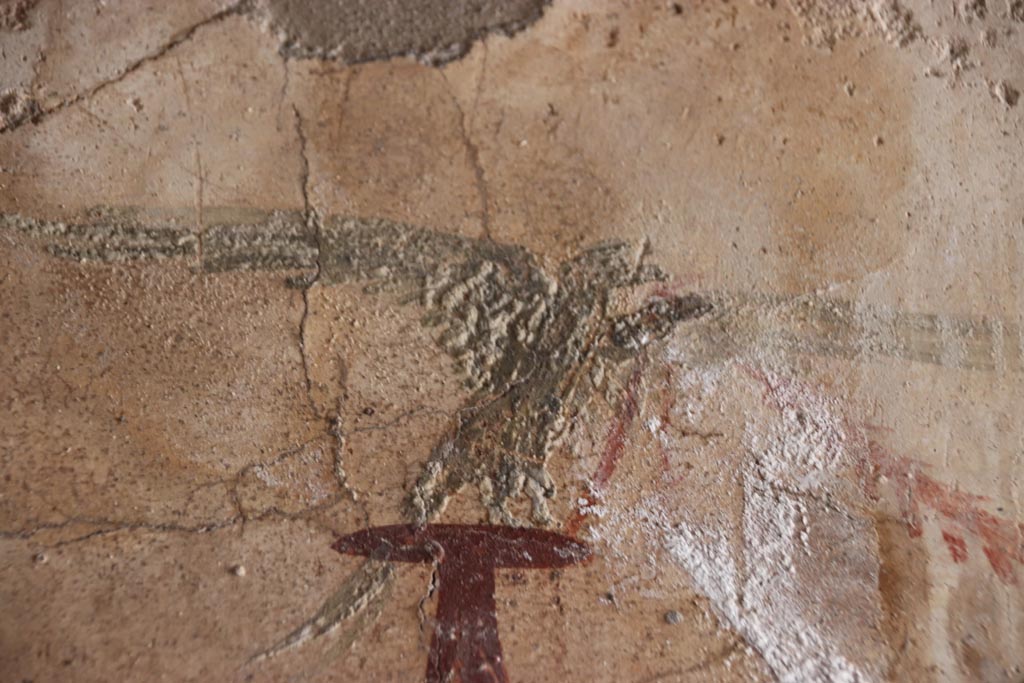
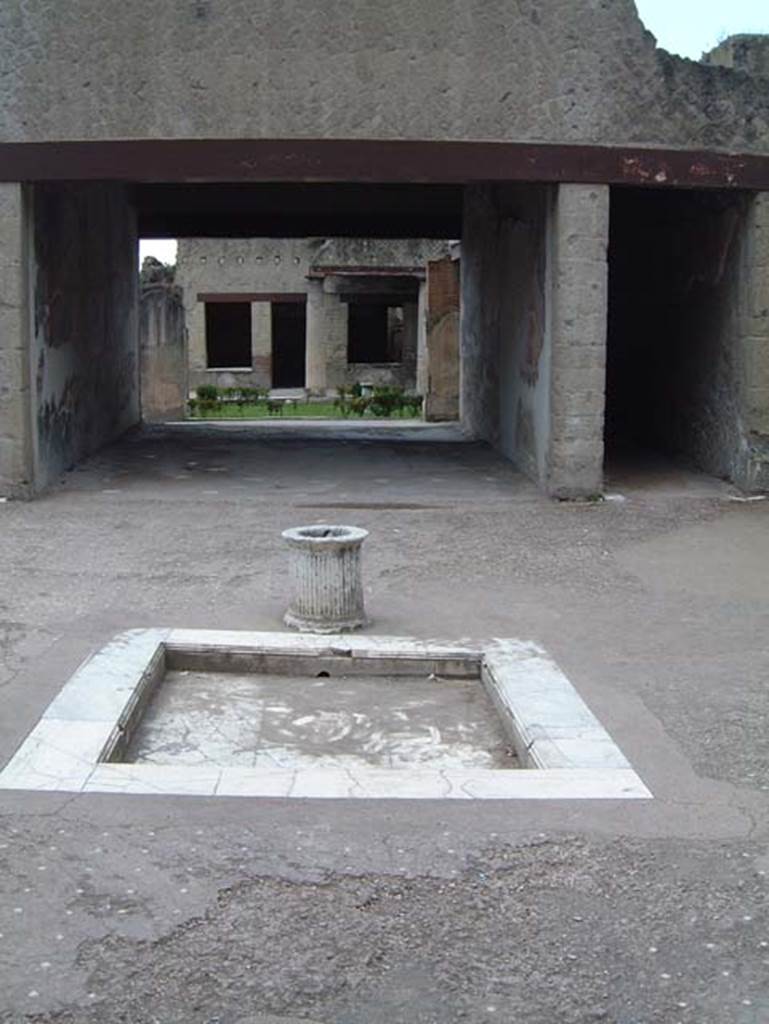
VI.13 Herculaneum, May 2001. Looking south across impluvium
in atrium. Photo courtesy of
Current Archaeology.
Towards the front of the tablinum, the floor had been revived with a few inserts of coloured marble.
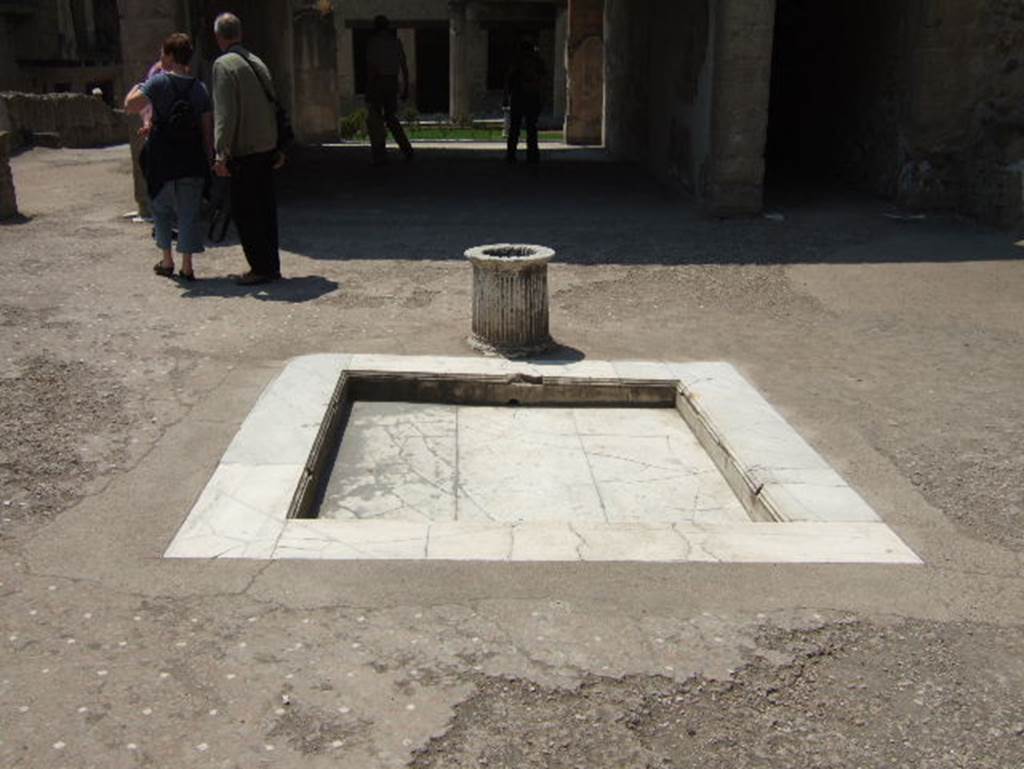
VI.13 Herculaneum, May 2006.
Marble impluvium in atrium with limestone puteal, set in floor of cocciopesto with regular pieces of inset white limestone tesserae.
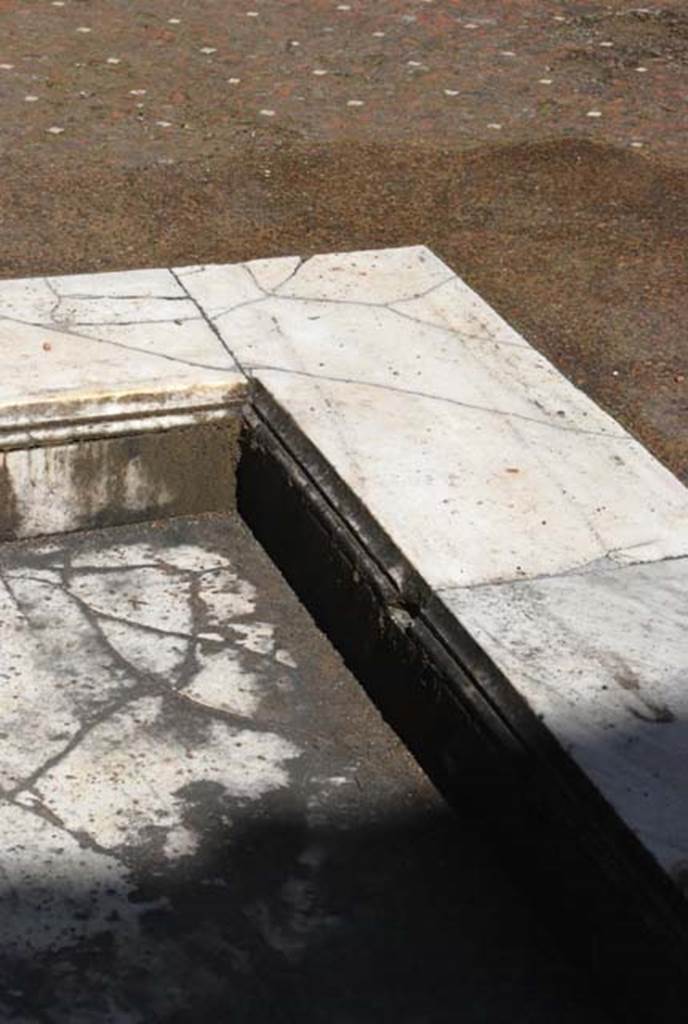
VI.13 Herculaneum. April 2008.
Detail of north-east corner of impluvium. Photo courtesy of Nicolas Monteix.